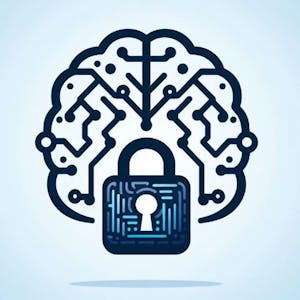Emergency Care: Pregnancy, Infants, and Children
About this Course
Welcome to the final course of lectures in your quest to master EMT basics. In this course, we will cover some of the highest-stress patient populations: pregnant patients and kids, also known as pediatrics. To wrap up your EMT knowledge we will end this course with information about hazmat situations, extricating patients from tight spots and finally how you write a note about your patient care. You will learn to ensure it communicates what your assessment of the patient was, what interventions you performed and why you did them. You will build on your knowledge of anatomy, patient assessment and scene safety to develop an approach to these new patient populations. We will walk through the things that make pregnant patients and pediatric patients different but also what makes them the same as all the patients you care for. Prepare yourself for some noisy kids, some uncomfortable moms and hopefully a lot of fun learning new things.Created by: University of Colorado System

Related Online Courses
In this course, you will learn important language for asking for help, giving and understanding directions, and sharing your opinions. Learning activities in this course will take place on Voxy, an... more
The Risk Management Framework (RMF) provides a disciplined, structured and flexible process for managing security and privacy risk. It includes information security categorization; control... more
This course is dedicated to energy management, i.e. speed and altitude control. The various sources of drag are first described and modeled, as well as thrust origin, and evolution with speed and... more
This course offers a hands-on journey into the practical applications of Generative Artificial Intelligence (GenAI) in program management. Designed to revolutionize your approach to managing... more
This Specialization is designed for post-graduate students aiming to master AI applications in cybersecurity. Through three comprehensive courses, you will explore advanced techniques for detecting... more








